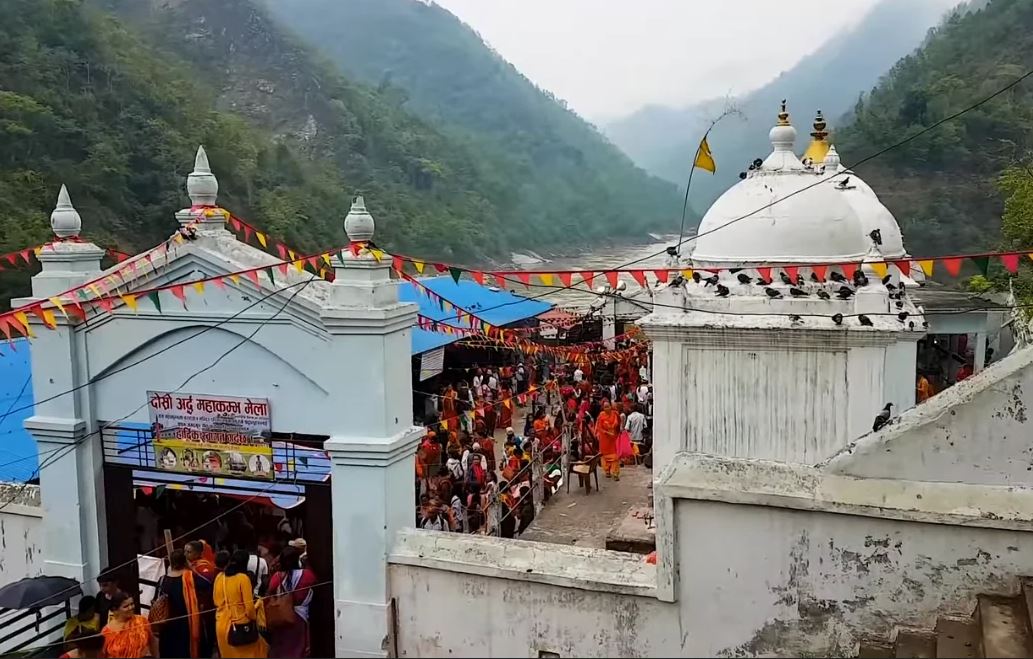
OR
Chinese feasibility study
The Chinese team of experts who were in Nepal to conduct surveys on two railway lines—one stretching from Kerung on the border with Tibet to Kathmandu, and another going from Pokhara to Lumbini—have said that both the lines are feasible. But the Chinese experts also pointed that the task won’t be easy, especially the Kerung-Kathmandu link that will entail traversing the highly inclined Syaphrubesi-Kerung section. Not only is this region comprised of difficult terrains. Since it will snow in this section during the winter, laying down a snow-resistant railway track could be particularly expensive. And should something go wrong there, repair works too will be tough. The Chinese side also expressed doubts over Nepal’s ability to clear forest areas and to acquire lands around the two proposed rail lines. Given Nepal’s checkered record with international projects, these are genuine concerns. But these problems are not insurmountable either. After all, the Chinese rail link into Tibet passes through even more treacherous terrains. In building the railway into Tibet China has shown that there is no barrier, natural or otherwise, that modern technology cannot overcome.
But before we get into the logistics of the two rail lines, it bears asking a question that Indian intellectuals often raise whenever there is talk of cross-border connectivity between Nepal and China: Is China ready to open up Tibet for trade with the outside world? It seems so. Otherwise, what is the point of China extending the Lhasa line right up to Kerung on the border with Nepal? In this thinking, it does not make any commercial sense for China to take the risk of opening Tibet to get access to the miniscule Nepali markets. That could be true. But even if the ultimate Chinese goal is to penetrate the huge North Indian markets, as the same intellectuals concede, the Chinese will first have to build roads and railways that link Tibet with North India, and the most feasible routes for this are via Nepal. It is also hard to believe that the Chinese would be so interested in extending railways into Nepal if it didn’t actually intend to build them.
So much for what China wants out of the proposed railways. More important is what Nepal gets. Post-blockade Nepal wants an alternative source of supply for vital things like petrol products and edibles. It also wants an alternative route to the sea. The two railways, if and when they are built, will bring about a drastic change in Nepal’s outlook, as the country will finally be able to overcome its ‘India-locked’ mindset. That is not to suggest that Nepal should deliberately antagonize India and work against its interest. We simply cannot afford to try to ‘play’ India against China. The goal rather is to maintain a kind of balance between India and China, the delicate art so expertly practiced by our ancestors. There will be many challenges for the construction of railways into Nepal, no doubt. It might be a little expensive too. But since these rail lines are in our national interest—not the least because of the expected rise in number of Chinese tourists—they are still worth building. Let us start building right now.
You May Like This

Neat & nice
There are so many restaurants in Kathmandu that you could go to a new one each week and still have... Read More...

Valley Pollution Index for February 8, 2020
Valley Pollution Index for February 8, 2020 ... Read More...

Just In
- Over 200,000 devotees throng Maha Kumbha Mela at Barahakshetra
- Indians vote in the first phase of the world’s largest election as Modi seeks a third term
- Kushal Dixit selected for London Marathon
- Nepal faces Hong Kong today for ACC Emerging Teams Asia Cup
- 286 new industries registered in Nepal in first nine months of current FY, attracting Rs 165 billion investment
- UML's National Convention Representatives Council meeting today
- Gandaki Province CM assigns ministerial portfolios to Hari Bahadur Chuman and Deepak Manange
- 352 climbers obtain permits to ascend Mount Everest this season






_20220508065243.jpg)











Leave A Comment